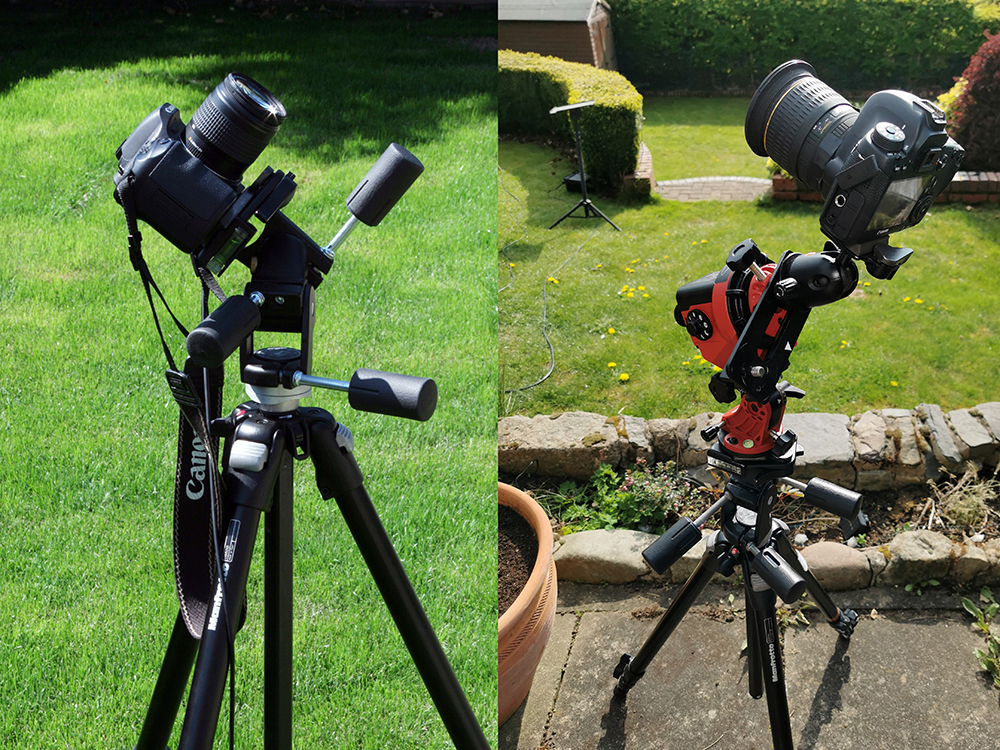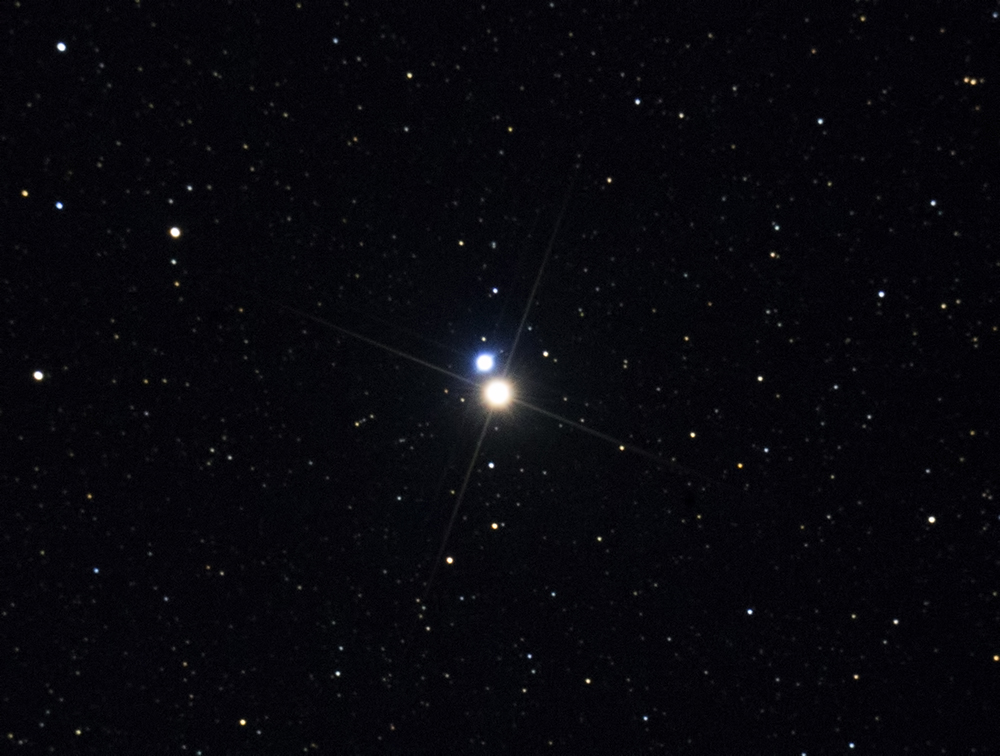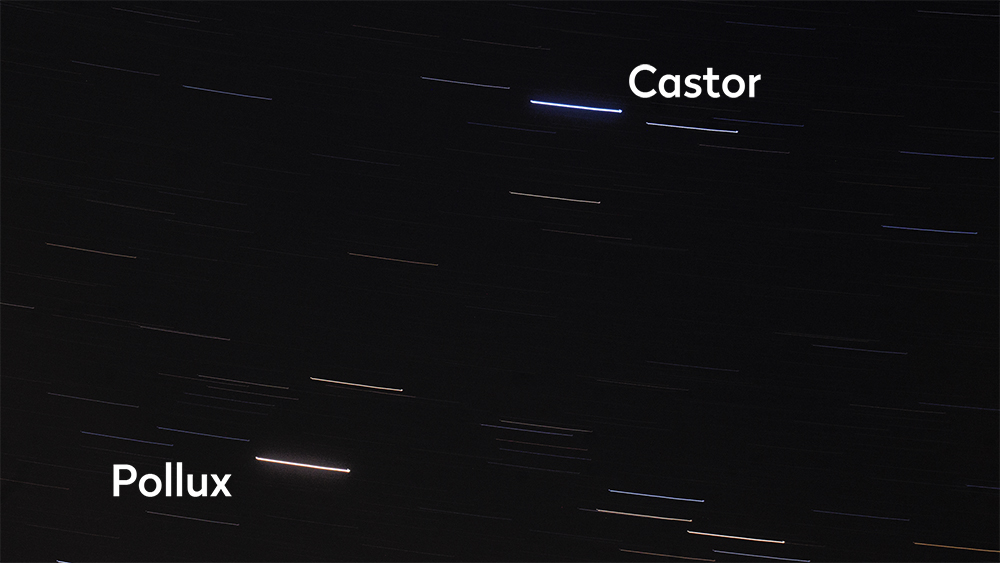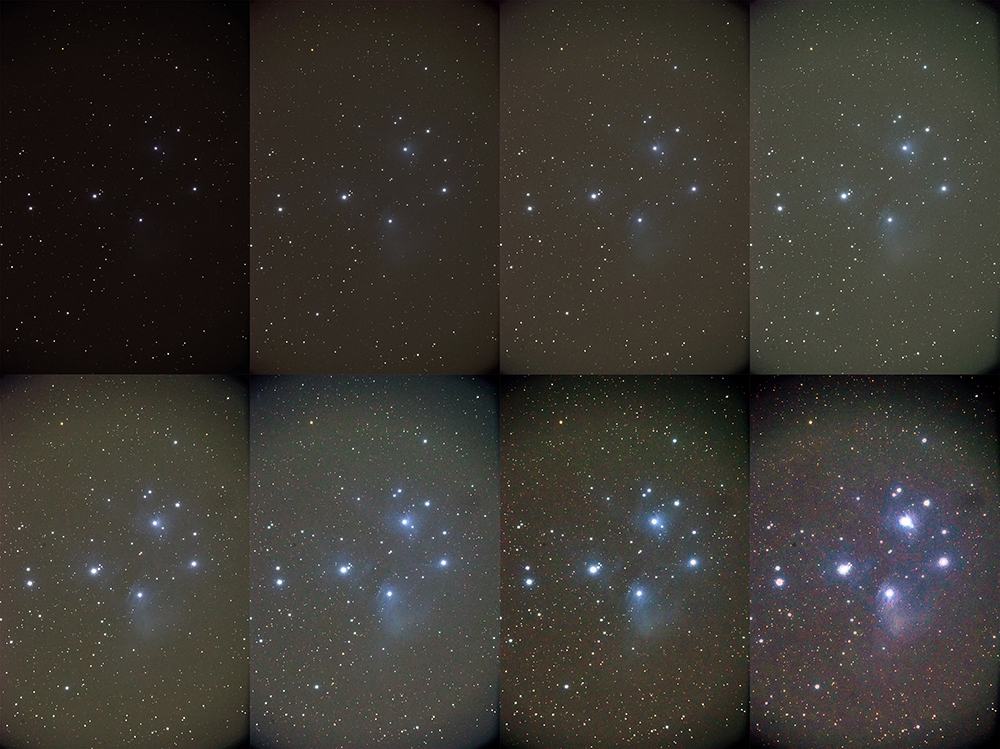Star colour is often mentioned when we describe the night sky. From the red of Betelgeuse, to the yellow hues of Capella and steely blue-white of Vega, colour descriptors often promise more than the visual or photographic view shows.
There are several reasons for this. For one, when we describe a star as red it may conjure up the image of a bright pure red object shining against the blackness of space, but in reality the colour will appear far more subtle than this, often as a hint of orange.
Betelgeuse and Aldebaran are fine examples in the winter sky.
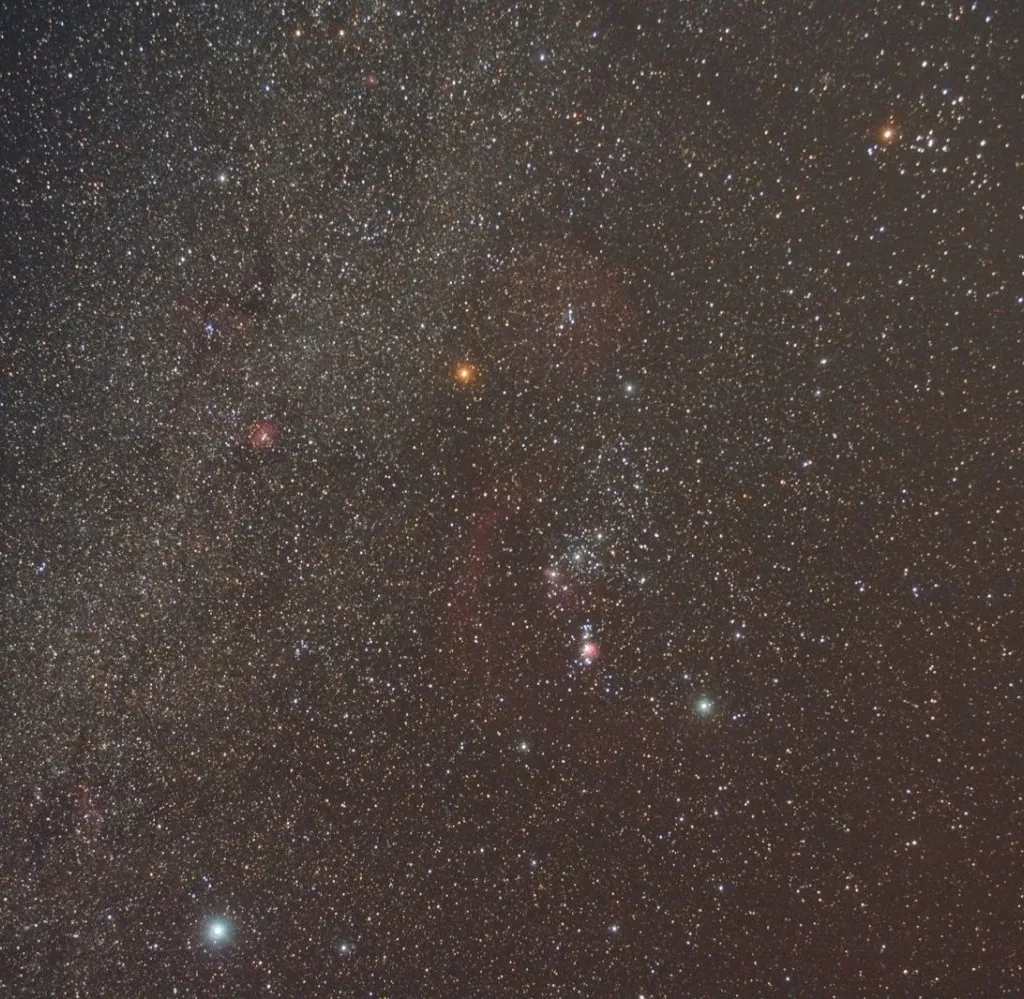
Although the colours may not appear strong visually, what about photographically?
Here, although the view is similar, there are things that can be done to reveal colour in a more demonstrable way.
There are also things that can be done to completely destroy the depth and quality of star colour, so it pays to be aware of these in order to improve your chances of revealing the stars in all their glory.
Check your camera settings
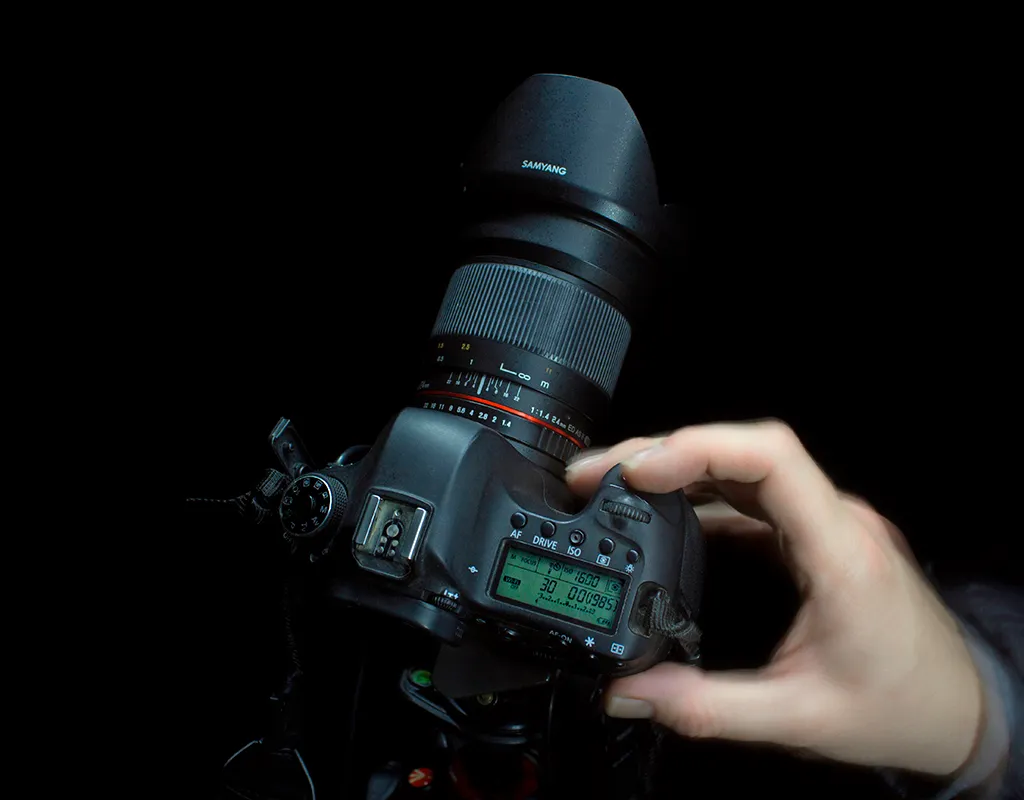
One of the common ways to ruin colour with a DSLR, or equivalent camera, is to opt for a high ISO setting.
Although this may give the impression that your camera has enhanced sensitivity, it also reduces the tonal quality of your images, with washed out colours.
When you take a photo of a star, the target will be over-exposed.
If you’re new to astrophotography and just getting used to taking longer exposures to gather as much light as possible, this may sound like an odd statement.
Stars are point sources of light and when you take a long exposure of them the core of the point source over-exposes to white.
It’s the narrow region between the over-exposed star core and the surrounding space which is properly exposed and contains the star’s colour.
Defocusing an image of a star will spread its light over a larger area, and with the correct exposure you can avoid the over-exposed central point which turns to white.

A photo of Orion taken with a defocused camera reveals the main star colours.
A popular trick which takes a steady hand control or good compositing skills, is to take a long exposure shot of a constellation and alter the focus of the lens at set intervals during the exposure.
This creates the appearance of concentric, or possibly offset, discs of colour overlaid on one another.
If you don’t think you can pull this off in a single shot without ruining the effect, take separate shots, defocusing a little more each time and combine them in a graphics editor.
Another way to show star colour is to lower camera sensitivity by reducing ISO and shutting down the lens aperture.

Placing the camera on a fixed platform and taking a long exposure will then record the correctly exposed colour of the stars in frame, smeared into lines as colourful star trails.
This is a really impressive way to show strong star colour.
Below are some ideas to help you reveal star colour in your shots. The next time it’s clear and dark, give them a go to reveal the true, not so subtle colourful beauty of the heavens.
You'll need a DLSR or equivalent camera attached to a telescope.

